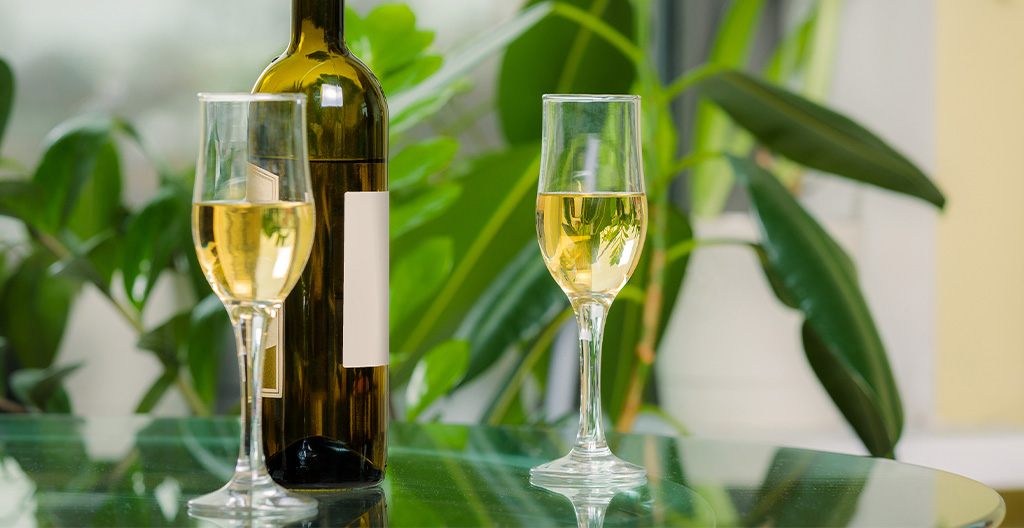How often do you seek out an aged white wine? Even the savviest wine drinkers are often unsure about keeping whites around for years, worried about how the flavors will evolve.
And that’s a shame, because while many wines are made to be enjoyed quickly, what makes a wine age-worthy has little to do with its color. It’s the balance of style, acidity, and concentration that determines whether a white wine will improve and gain complexity over time.
To learn what to look for in an age-worthy white wine is easy. There are several basic attributes and a few things to consider before your customers make a purchase.
Regions
Cool-climate winemaking regions in the Old World, like Germany’s Mosel Valley, often produce racy, acidic whites in an off-dry to sweet style that age beautifully. However, certain iconic terroirs do the work of preserving a wine’s flavor. How the grapes ripen results in necessary high acidity while still having a concentration of flavor. Take Burgundy, which produces some of the world’s most lauded dry whites.
Other regions known for wines that age gracefully include Alsace and Bordeaux in France, the Clare Valley in Australia, pockets of California, Oregon and Washington and increasingly, Chile and Argentina. Spanish regions like Rioja offer whites that will sing with your supper 10–20 years down the line. A lot of different terroirs can create cellar-worthy wines, but certain varieties from these regions perform better long-term.

Varieties
White varieties that age well will be both high in acid and high in extract (the insoluble substances in wine that lend it flavor). Riesling, Chardonnay, and Chenin Blanc are all excellent examples that can produce wines that strike the perfect age-worthy balance.
Production
Great wine is made in the vineyard, but certain practices promote the ability to age. When winemakers ferment on the lees, a sediment of dead yeast cells, it protects the wine from oxygenation during the initial aging process and adds complexity and texture. That sets the wine up to mature for years to come.
Storage In-Store and At-Home
White wines are more sensitive to natural and artificial light than reds, and age-worthy whites are often packaged in colored glass to protect the wine. Never buy bottles that have been on display in direct sunlight. Also, reach for a bottle that’s behind the one stocked in the front of the shelf.
Don’t be shy about asking store managers about how a white wine was transported and stored. At home, protect whites from humidity and keep them in a cool storage room for optimum maturation.
An oak-aged Côte de Beaune from Burgundy may not taste as it should, says Goldstein, depending on how it was transported, stored, displayed at the store and housed.
If you fall in love with a white wine predisposed to age well thirsty wine lovers should perform one more test before they buy several bottles or cases to cellar. A simple rule of thumb is to open a bottle and nurse it for a few hours, to see how it changes. If it improves from a pleasure standpoint after an hour or two, then you’re in good shape. Every 20 minutes in the glass is worth about six months in the cellar.
The best temperature to store both whites and reds is 55°F. Higher temperatures will speed up the aging process. When it’s time to pour, serve lighter-bodied whites at 48–52°F. Fuller-bodied whites will better express their full range of flavors between 52–55°F.

